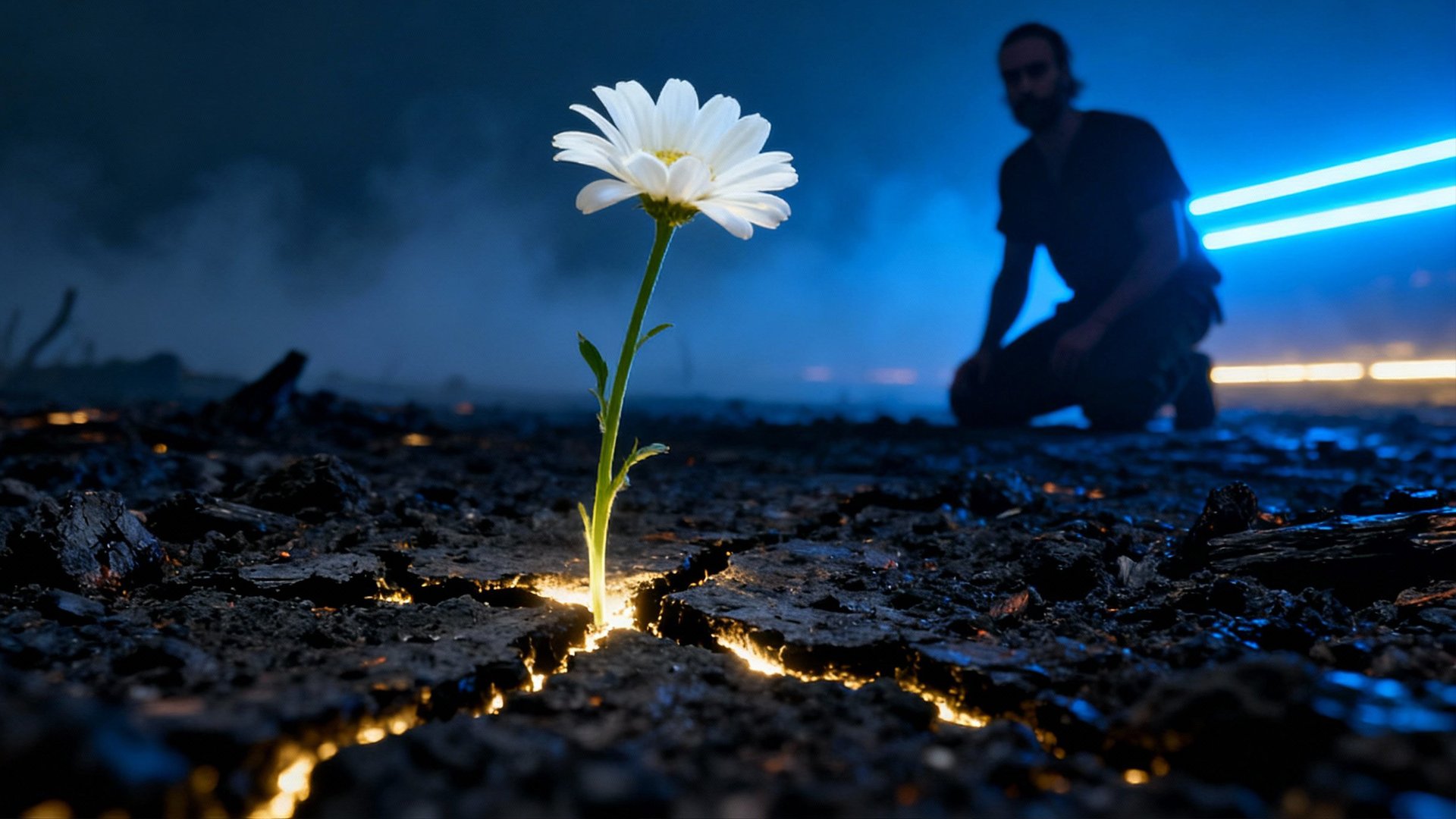


Our Mission
The Core of Our Project: The Merkaba as a Key to Harmonious Integration
The hexagram, for millennia, has symbolized the unification of opposites and the path to spiritual wholeness. Our work with the Merkaba carries this tradition forward by:
Applying the principles of balance between masculine and feminine energies.
Establishing harmony between spirit and matter.
Helping individuals undergo spiritual transformations and reach higher states of consciousness.
The Merkaba is more than a symbol—it is a tool of movement, transformation, and spiritual fulfillment. It represents the journey from internal chaos to order, from duality to unity. Through our project, we aim to bridge ancient wisdom with modern spiritual needs, empowering people to find their inner balance and live in harmony with the universe.


The Hexagram and the Merkaba in the Flow of History
The hexagram is not just a symbolic geometric pattern, but has represented key spiritual, esoteric, and cultural meanings for thousands of years, all of which connect deeply to the core of our project: harmonizing opposites and activating higher states of consciousness through the Merkaba. The Merkaba, often referred to as a "vehicle of light," is the key to uniting spirit and matter, the masculine and the feminine, and symbolizes the path toward spiritual enlightenment. By exploring the historical significance of the hexagram, we uncover how this central idea has evolved and reflected itself across different cultures, ultimately converging with our work on the Merkaba.
The Hexagram as a Symbol of Unity Between Opposites
In ancient India, during the era of tantric Hinduism (7th–8th century BCE), the hexagram symbolized the merging of Purusha (masculine energy, spirit, form) and Prakriti (feminine energy, matter). This concept was depicted through the interlocking of two triangles: the downward-pointing triangle represents feminine energy (Shakti, water, Yoni), the upward-pointing triangle symbolizes masculine energy (Vahni, fire, Lingam).
This interplay of energies was embodied in the Sri Yantra, a sacred geometric design. Within this context, the hexagram did not only represent fertility and creation but also the eternal cycle of life and cosmic order. The notion that the fusion of opposites leads to higher states of consciousness lies at the heart of our Merkaba work, as we seek to guide individuals toward balance and awakening.
The Hexagram as a Bridge Between Life and Death
In ancient Egypt, the hexagram held ritualistic and protective significance, particularly in necromancy, where it was used as a tool for communication with the dead. Amulets bearing the hexagram were carried for protection during travels and for safeguarding homes and health.
Relevance to our project: Just as the Egyptians saw the hexagram as a means to bridge life and death, we view the Merkaba as a spiritual vehicle, guiding individuals to traverse physical and metaphysical realms while maintaining energetic balance and protection.
The Hexagram uniting Water and Fire
During the European Middle Ages, alchemists adopted the hexagram as a symbol of the union between water (feminine) and fire (masculine). Alchemists believed that the merging of these elements could result in chaos but also the creation of the philosopher’s stone—an emblem of perfection and transformation.
Hexagram as a symbol of spiritual refinement: The Merkaba mirrors this transformational potential by harmonizing the opposing energies of human consciousness. By balancing intuition (water) and willpower (fire), we open the path to spiritual advancement.
The fifth element: In alchemical tradition, the hexagram was sometimes associated with the fifth element, representing a higher, transcendent essence beyond the material world. Similarly, the Merkaba is seen as an energetic vehicle that transcends physical limits and grants access to higher dimensions.
Kabbalah: The Union of God and Shekina
In the Middle Ages, Jewish Kabbalists integrated the hexagram into their teachings as a symbol of the union between God (masculine) and Shekina (feminine). This union symbolized cosmic harmony arising from the integration of spirit and matter, with the hexagram’s center representing the balance that leads to spiritual enlightenment.
Hexagram in the Tree of Life: In the Kabbalistic Tree of Life, the hexagram corresponds to Tiphareth, the sphere of harmony where spiritual and material energies converge. Tiphareth, associated with the sun, serves as a mediator between higher divine influences and earthly manifestations.
The Merkaba as an extension of this process: Like the hexagram in Kabbalah, the Merkaba signifies the journey of internal integration. It is the vehicle that carries us through the stages of spiritual awakening and ultimately into union with universal energy.
Freemasons and Rosicrucians: The Symbol of Balance
In Western mystery traditions, such as those of the Freemasons and Rosicrucians, the hexagram symbolized perfect balance between heaven and earth, spirit and matter, masculine and feminine. The Freemasons saw it as a representation of harmony, while the Rosicrucians linked it to cosmic forces and planetary energies.
The Merkaba as a dynamic hexagram: While the hexagram in these traditions was often seen as static, our understanding of the Merkaba is that it represents dynamic energy. Through movement and internal development, the Merkaba helps individuals reach spiritual equilibrium and growth.




Our Projects
Discover music, art, and concepts for your personal self-discovery and inner balance.
Unique Songs
Touching melodies that open your heart and guide you on your journey to truth.


Inspiring Presentations
Experience transformative energy and modern healing arts for a harmonious life and inner unity.
Experience the symphony of self-discovery and uncover who you truly are.
Inner Balance






